Last week, the feast of long-awaited dance events on offer echoed bygone days when London life was dominated by the strategically engineered appearances of rival ballet stars at the same time in different venues.
At the London Coliseum, Solo for Two featured one of ballet’s super-duper couples, Natalia Osipova and Ivan Vasiliev. As Osipova told me in a recent interview, their aim was to tackle choreographic modes outside their standard repertoire. Alas, bravery and bravura do not always go together. The classically trained Mikhail Baryshnikov and, more recently, Sylvie Guillem have made successful forays into modern and postmodern dance, but they were very much the exception. Let’s not forget what happened when Nureyev tried to dance Graham.
But it was not just a miscalculated gamble. It is possible that the three dance-makers, Sidi Larbi Cherkaoui, Ohad Naharin and Arthur Pita, struggled to address and accommodate what is known as the ‘tacit knowledge’ — that is, the individual’s baggage of artistic experiences — of the two ballet stars. The fact that such acclaimed choreographers felt compelled to leave space for the feats Vasiliev is known for is highly significant — even though it is difficult to say whether they felt concessions had to be made, or whether they were asked to make them. Of the three works, Pita’s Facada was the only one that challenged both the acting and the technical skills of the celebrated couple. This witty piece is permeated with theatrically effective layers of dark humour. It is a pity that neither Osipova nor Vasiliev made the most of them, while Elizabeth McGorian, in a ‘walking’ role, ended up stealing the scene.
The week’s other hot dance ticket, the Mariinsky Ballet’s The Genius of Balanchine, fared much better and met all expectations. Balanchine’s A Midsummer Night’s Dream was a bold but wise choice for the Russian company. The work, last seen on these shores in 1998, courtesy of Pacific Northwest Ballet, dates back to 1962 and is a celebration of that much-idealised Imperial Ballet era Balanchine often referred to and quoted from. It has many distinctive features of the 19th-century tradition beautifully woven with recognisable Balanchinian modern twists.
As always, such a combination poses a challenge to the skills of dancers who are not Balanchine born and bred. Nitpicking purists might find a thousand things to object to, but no one can deny that the Mariinsky artists have a unique way of taking full and successful ownership of a work. Which is exactly what they have done. Their rendition of the 1962 ballet casts a refreshing light on a choreography that has undeniably dated. Viktoria Tereshkina as Titania, Timur Askerov as Oberon, Vasily Tkachenko as Puck and Dmitri Vedeneev as Bottom were all perfect, but the true moment of glory was the ballet’s second act, a pure divertissement in the best Balanchine tradition, in which Oxana Skorik and Konstantin Zverev were resplendent.
The evening opened on a high note with Apollo, Balanchine’s 1929 manifesto for 20th-century neoclassical choreography. Kristina Shapran, as Terpsichore, drew gasps with the serenely divine quality of her dancing, while Vladimir Shklyarov surprised and seduced viewers with his sanguine reading of the newly born god — even though he could have refined the majestic gravitas of the part towards the end.
At the beginning of this week, the Mariinsky performed a new triple bill at the core of which was the much-awaited staging of Ashton’s Marguerite and Armand — a daring choice given the role this work has in British ballet history. Diana Vishneva was perfect as the eponymous heroine, and completely at ease with Ashton’s distinctive vocabulary. But this is not just a ‘ballerina’ ballet. It requires two great artists working in unison, having been created for Margot Fonteyn and Rudolf Nureyev. Zverev, as Armand, looked less at ease with the Ashtonian demands and came across as a good partner but not an explosively charismatic personality. Fortunately, this uneven performance of the Ashton classic was sandwiched between the traditionally colourful Mariinsky staging of The Firebird and Alexei Ratmansky’s pyrotechnical Concerto DSCH. The latter is, arguably, one of the most attentive readings of Shostakovich’s music, and of its contextual artistic aesthetic.
Ratmansky’s vibrant and amusing Cinderella will bring the Mariinsky season to an end this week, one likely to be remembered for a long while.
Got something to add? Join the discussion and comment below.
Get 10 issues for just $10
Subscribe to The Spectator Australia today for the next 10 magazine issues, plus full online access, for just $10.
You might disagree with half of it, but you’ll enjoy reading all of it. Try your first month for free, then just $2 a week for the remainder of your first year.

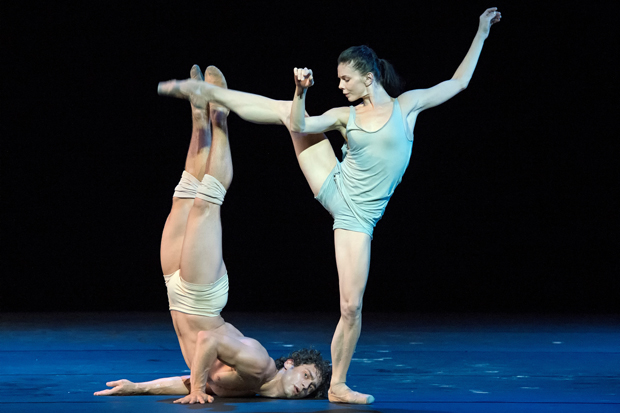
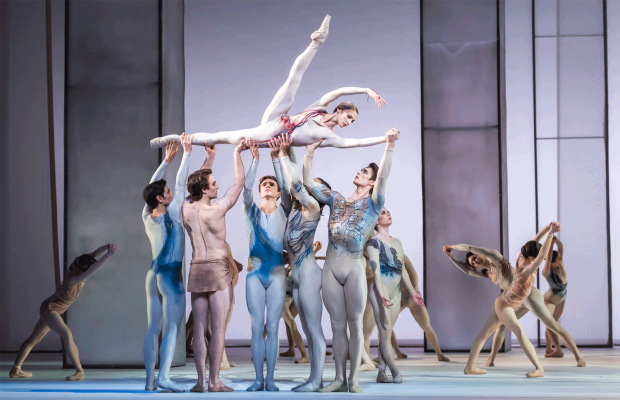
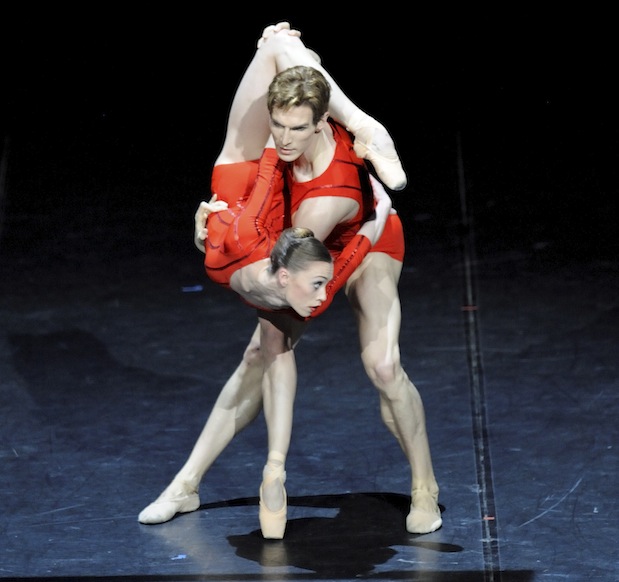
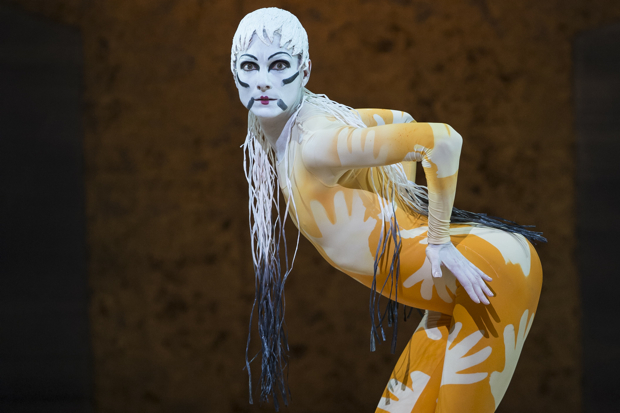

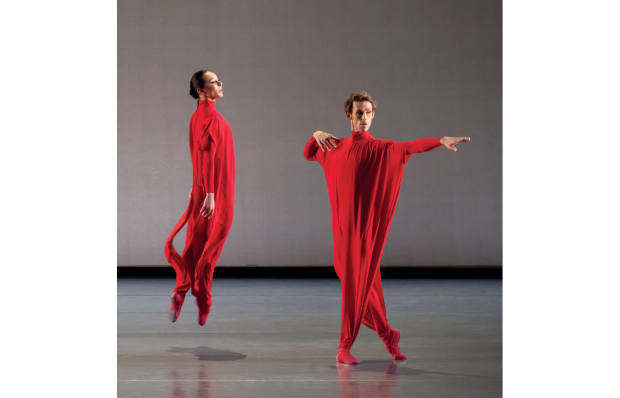







Comments
Don't miss out
Join the conversation with other Spectator Australia readers. Subscribe to leave a comment.
SUBSCRIBEAlready a subscriber? Log in